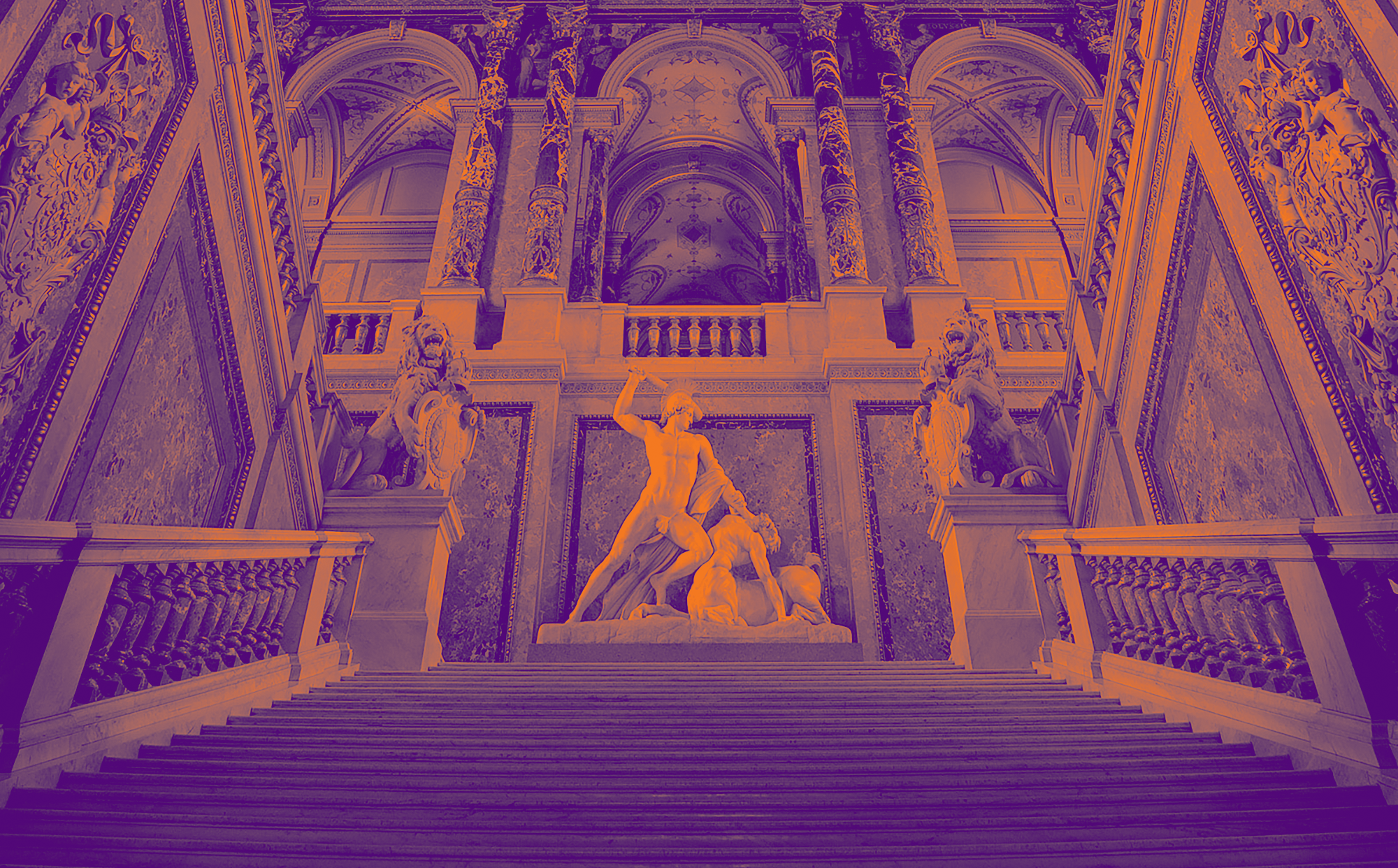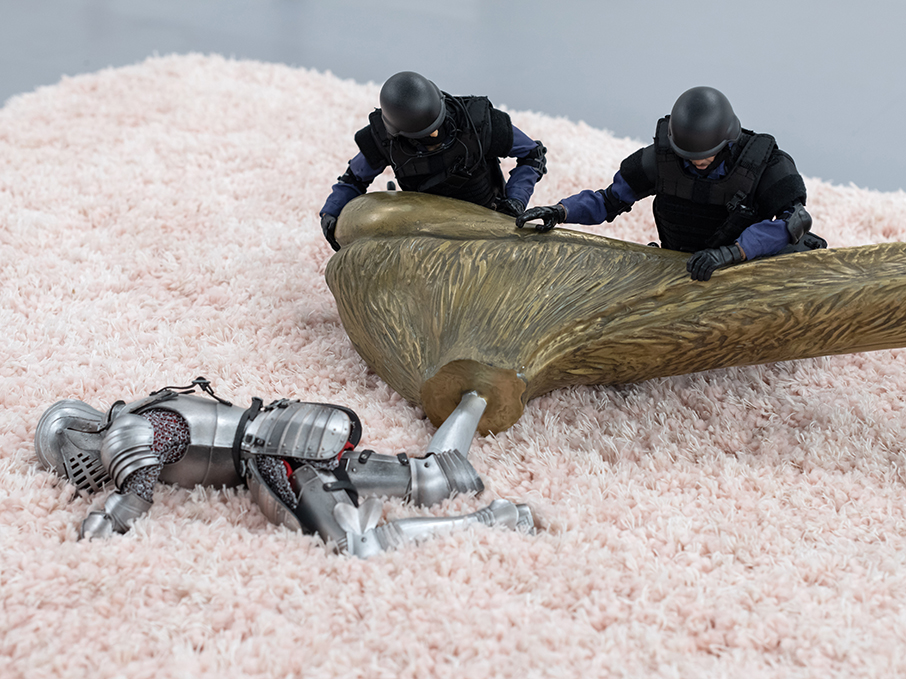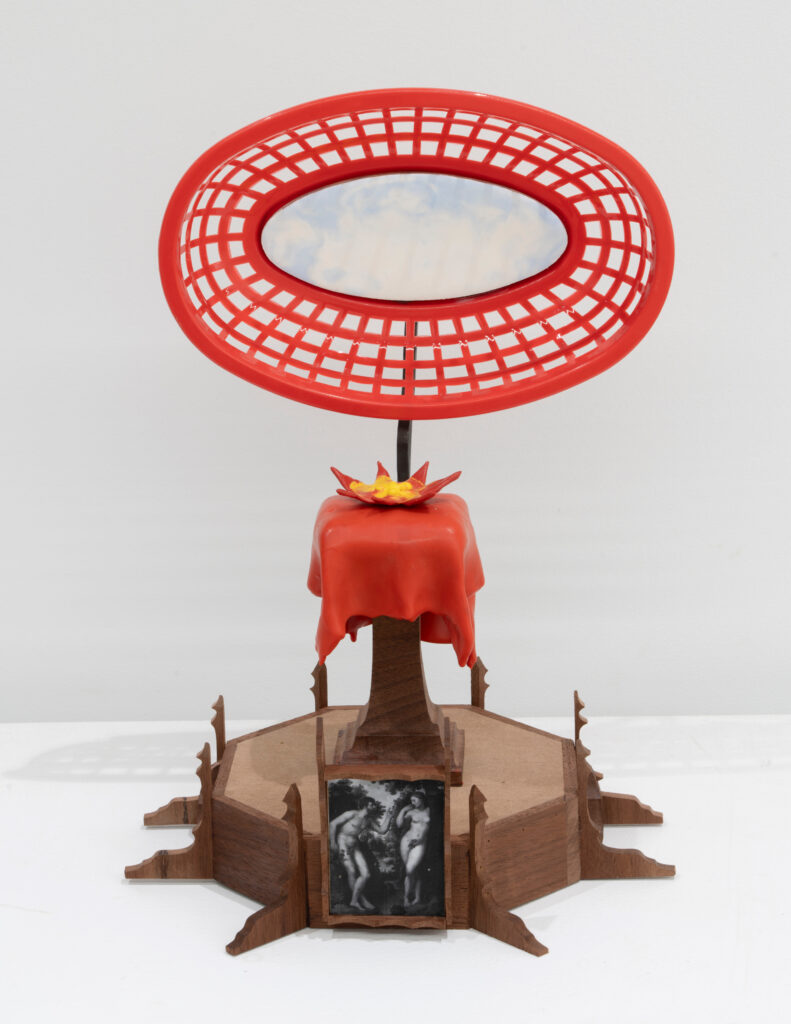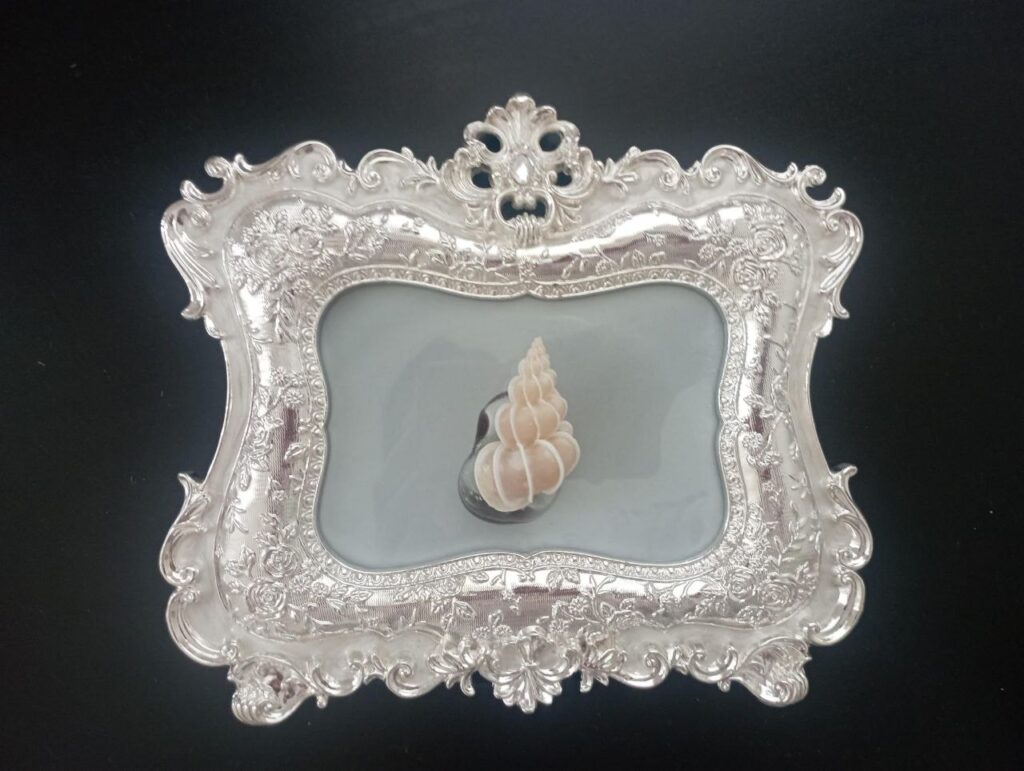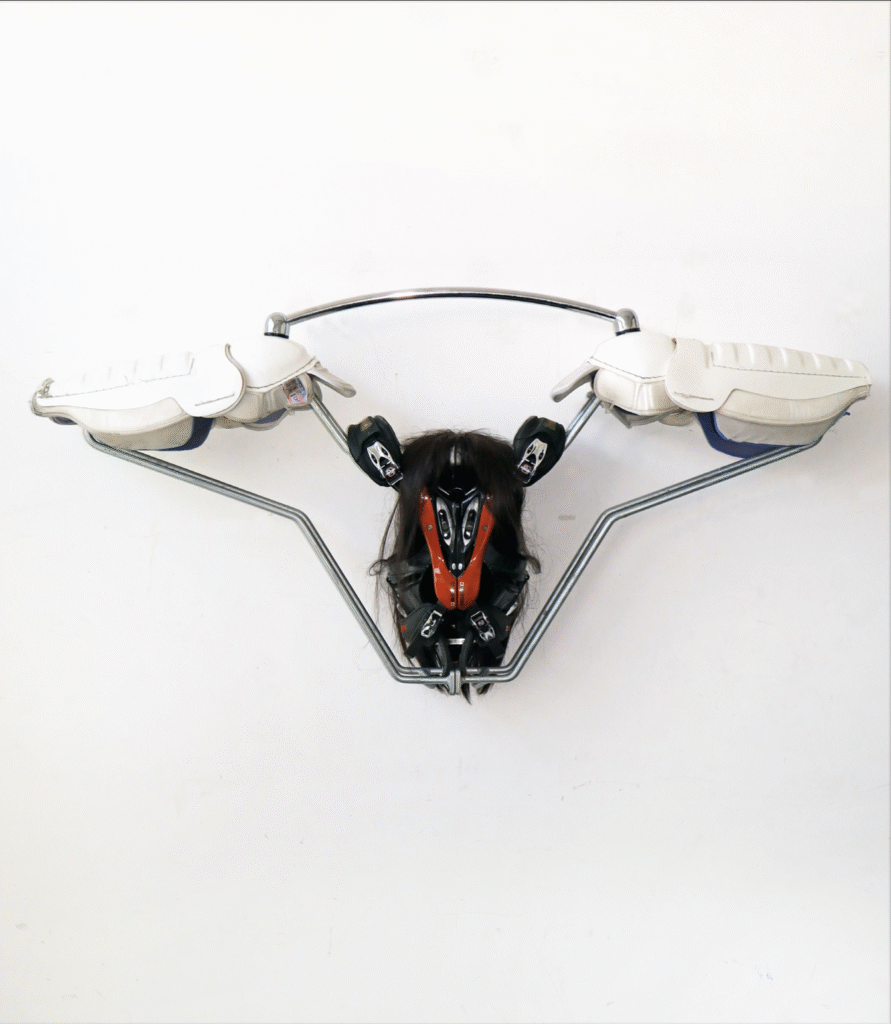Particolare
Vienna
13 September 2025
Kunsthistorisches Museum Wien
Maria-Theresien-Platz, 1010 Vienna
Time and Again
Dasha Aksenova, Artistic Curator
Time, whether perceived collectively through culture or lived personally, unfolds non-linearly. Ambiguous recollections deepen their roots though endless retellings, and outlines of stories are blurred by reinterpretation. Artistic heritage bends and folds into itself, a line of descent tied together to reveal undying aspirations, fears, and desires from previously distant ends. The fickle nature of experience allows for inconsistencies or clumps in the knot—places to brush up against the past and explore new perspectives.
Anne de Vries’s miniature knight is tackled by a mob of policemen in front of Pieter Bruegel’s Children’s Games, restaging a diminutive conflict between innocence and indiscriminate authority. Lucas Cranach’s portrayal of righteous violence resounds in Lucca Süss’s mechanicalarmor–uncanny hybrids which find new utility in complicating functional objects’ intended use, turning everyday goods into monstrous, unfamiliar forms. Benjamin Hirte’s reserved sculptures recall the deeply symbolic domestic scenes of Jan Steen, and focus on the architectural and ideological underpinnings of Vienna’s housing developments. Peter Paul Rubens’s intensity resonates through Harry Gould Harvey IV’s red mystical creatures, figures arranged into enigmatic systems of allegorical meanings. Hélène Fauquet answers the dispute of Rubenists and Poussinists–regarding the primacy of color or form in painting–with framed photos of seashells, delicate portraits of natural harmony and innate baroque design. Jan Fyt’s jumbled feasts are contrasted by Bruno Gironcoli’s stout robotic statuette, a sculptural abstraction which affectionately melds organic references into a peculiar and friendly anatomical form.
By tomorrow morning, the sculptures and the musicians will have disappeared from the Picture Galleries. Time’s ribbon will be unfolded, any fissures repaired, and the museum’s collection will reassert its immense distance from the contemporary. The only trace of our six exchanges will be living artefacts–the clarity and vigor which animates further experimentation. Should we ever decide to refold, tie, or cut up our cultural fabric, we will know each point at which lineages may intersect, and how we may better weave our work alongside its influences to form new, dynamic patterns.
Alexey Steblev, Music Curator
How should we perceive contemporary academic music? Some would attempt to understand it, tracing its complex structures and the historical ideas that shaped it. Others may simply ask whether it should bring pleasure, or whether it is enough to listen to the feelings that arise in us.
This kind of music stands close to contemporary visual art, where perception shifts between analysis and sensation. And when the two mediums are brought together, a synergetic effect can emerge, opening unexpected ways of seeing and hearing.
These questions are no less pressing when turned toward the recognised masterpieces of world art in the KHM collection. Our musical and artistic journey will not provide final answers, but it may lift the veil of mystery — each visitor discovering their own path through it.
ARTWORKS
MUSIC
Malin Bang, …när korpen vitnar
Performer – Judith Fliedl, Violine
Doina Rotaru, Metamorphosis
Performer – Bernhard Zachhuber, Bassklarinette
Björn Wilker, Schlagen
Performer – Björn Wilker, Percussion
Giacinto Scelsi, Ko-Lho
Performers – Wendy Vo Cong Tri, Flöte and Bernhard Zachhuber, Klarinette
Jacob Druckman, Valentine
Performer – Carmen Rodriguez Kontrabass
Toshio Hosokawa, Kuroda-Bushi
Performer – Wendy Vo Cong Tri, Flöte

